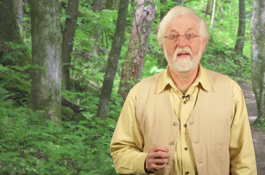BC’s Mineral Tenure System: an Overview
BC Mining Issue:Under BC’s ‘free entry’ mineral tenure system, mineral tenure is awarded irrespective of land use plans, or the proponents relations with First Nations and local communities
Fair Mining Best Practice:One option is for BC to adopt a competitive bidding system to govern the issuance of mineral tenure. This would encourage mining companies competing for mineral tenure to present progressive plans for mineral development. Applicants could also be filtered according to their track records, financial capacity, and commitment to local communities.
The process of obtaining mineral tenure begins when a prospector obtains a Free Miner certificate by paying a small fee and filling out a basic application form. Once the certificate is issued has a right to stake a claim through the use of an online map via BC’s Mineral Title Online (MTO) website.
By staking this claim, the prospector gets the right to enter private land and exclusive rights to the minerals in the ground. Mining companies also have the right to enter, occupy and explore the surface of the claim area, as well as sample a substantial amount of ore per year from the site.
The proponent only has to give eight days notice before entering private lands.
In BC, landowners cannot prevent this from happening but may be able to specify the conditions of entry and obtain compensation for any interference with enjoyment of the land caused by entry.
These considerations do not apply to First Nations, as the government does not require the prospector to notify or consult First Nations prior to the staking of a claim or the entering onto First Nation’s traditional territories.
The lack of consultation is compounded by the government’s inability (under the ‘free-entry’ mineral tenure system) to deny a mineral lease to a proponent. Under this “free entry” system, mining companies are awarded mineral leases regardless of their relationship with affected First Nation communities.
Solutions to these issues may include:
- Replace the ‘Free-Entry’ system with, for example, competitive bidding to better evaluate and support First Nations concerns and potential environmental impacts.
- Recognize First Nation’s rights in mining legislation and require free, prior and informed consent before mineral claims are awarded.
- Notify First Nations when mineral claims are staked on their territories.
- Promote shared decision-making with First Nation’s regarding mineral tenure.
- Conserve minerals for future generations by controlling both the pace of expansion and the lands designated for exploration.

